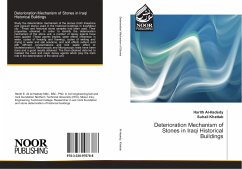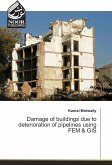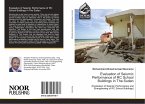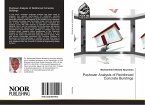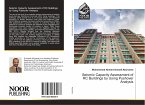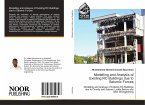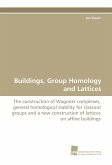Study the deterioration mechanism of the stones (both limestone and gypsum stone) used in the historical buildings in Iraq/Mosul city . Fresh and historical stone samples had been used. Their properties obtained. In order to identify the deterioration mechanism of the stone unit, a number of decay agents have been applied .These agents implies: water effect( immersion in water, cycles of freezing and thawing), cycles of wetting and drying in water and salt solutions, and acid effect( sulfuric acid with diffrrent concentrations and bird waste effect or biodeterioration). Macroscopic and Micropscopic tests have been done and a good results obtained. The final obtained data led to realized the most and major decay agents which play the main role in the deterioration of the stone unit.
Bitte wählen Sie Ihr Anliegen aus.
Rechnungen
Retourenschein anfordern
Bestellstatus
Storno

